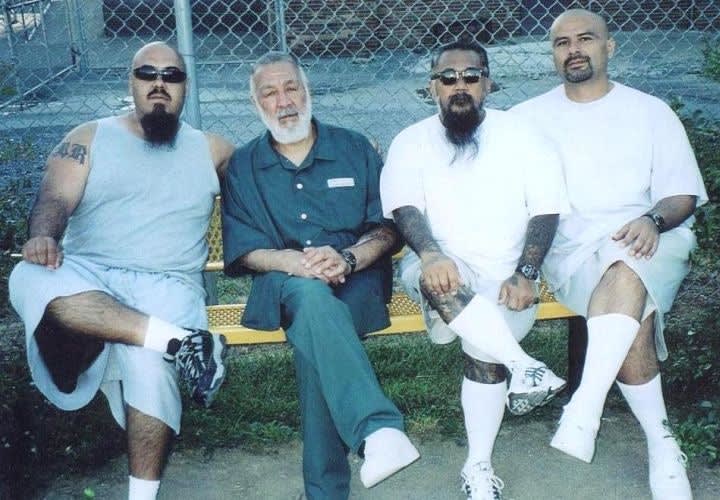Operation Black Flag was another "staggering and comprehensive blow" to California's most powerful gang, according to U.S. Attorney Andre Birotte. However, the La EME prison gang has proved to be resilient to extermination. Mexican Mafia leaders have managed to operate their criminal enterprise from the most secure housing units in the most secure prisons in America. It is Ojeda's ability to control criminal gangs on the streets of Orange County while in federal prison that resulted in a federal grand jury's five-count indictments — two include charges of RICO violations.
"Today's charges demonstrate that the Department of Justice is committed to dismantling the Mexican Mafia and the street gangs associated with the Mexican Mafia," says Birotte. "No member affiliated with the Mexican Mafia is beyond reach of the law. Working with our partners at the state and local level, we will bring gangsters to justice, whether they commit their crimes on our streets or in our prisons."
Apparently supported by Mexican Mafia members who opposed Sana Ojeda, gang rival Armando Morales took advantage of Sana Ojeda's incarceration to try to wrestle control away. Using his power as an Eme member, Ojeda had forced Orange County street gangs to pay taxes (tribute) to him. Morales attempted to take over these payments and ordered the elimination of any gang members still loyal to Sana.
The Orange County Mexican Mafia indictment charged a faction of EME headed by defendant Peter Ojeda with conspiracies to commit murder, extortion and narcotics trafficking. Associates from F-Troop, Delhi, Highland Street, Orange Varrio Cypress, East Side Santa Ana, Little Hood, McClay, Townsend and Forming Kaos (FK) gangs functioned as continuing criminal enterprise for the common purpose of achieving the objectives of the enterprise.
It's interesting to note that the wives and girlfriends of members and associates of the criminal organization also engaged in conspiracies to commit murder, attempted murder, extortion, narcotics and firearms trafficking for monetary gain. In TV news coverage of the takedown, the display of weapons included numerous handguns, AR-15/16s, AK-47s, MAC-10, UZIs, and even an old Lewis machine gun. Hit lists known as Green Light lists and "hard candy" lists were knowingly passed by these women, which resulted in individuals being targeted for assaults and murder.












